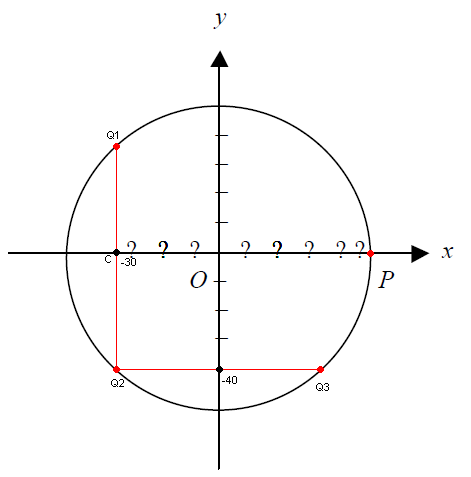Events & Promotions
|
|

GMAT Club Daily Prep
Thank you for using the timer - this advanced tool can estimate your performance and suggest more practice questions. We have subscribed you to Daily Prep Questions via email.
Customized
for You
Track
Your Progress
Practice
Pays
Not interested in getting valuable practice questions and articles delivered to your email? No problem, unsubscribe here.
- Nov 20
07:30 AM PST
-08:30 AM PST
Learn what truly sets the UC Riverside MBA apart and how it helps in your professional growth - Nov 22
11:00 AM IST
-01:00 PM IST
Do RC/MSR passages scare you? e-GMAT is conducting a masterclass to help you learn – Learn effective reading strategies Tackle difficult RC & MSR with confidence Excel in timed test environment - Nov 23
11:00 AM IST
-01:00 PM IST
Attend this free GMAT Algebra Webinar and learn how to master the most challenging Inequalities and Absolute Value problems with ease. - Nov 25
10:00 AM EST
-11:00 AM EST
Prefer video-based learning? The Target Test Prep OnDemand course is a one-of-a-kind video masterclass featuring 400 hours of lecture-style teaching by Scott Woodbury-Stewart, founder of Target Test Prep and one of the most accomplished GMAT instructors.
Kudos
Bookmarks
A
Be sure to select an answer first to save it in the Error Log before revealing the correct answer (OA)!
Difficulty:
 75%
(hard)
75%
(hard)
Question Stats:
48% (01:41) correct 52%
(01:47)
wrong
52%
(01:47)
wrong  based on 414
sessions
based on 414
sessions
History
Date
Time
Result
Not Attempted Yet
Attachment:
Circle.png [ 14.99 KiB | Viewed 27750 times ]
(1) The x-coordinate of point Q is – 30.
(2) The y-coordinate of point Q is – 40.
Kudos
Bookmarks
In the figure shown, the circle has center O and radius 50, and point P has coordinates (50,0). If point Q (not shown) is on the circle, what is the length of line segment PQ ?
Note that we are told that point Q is on the circle. Also as the radius of the circle is 50 then for any point (x,y) on the circle \(x^2+y^2=50^2\) (check for more here: math-coordinate-geometry-87652.html) Look at the diagram: 
Circle.png [ 13.28 KiB | Viewed 27622 times ]
(1) The x-coordinate of point Q is – 30 --> point Q can be either on the position of Q1 or Q2 on the diagram, but in any case the distance between P and Q is the same --> for point Q: \((-30)^2+y^2=50^2\) --> \(y^2=20*80=40^2\), so \(CQ^2=y^2=40^2\) (no matter where Q actually is on Q1 or Q2) --> PQ which is the hypotenuse in PQC is equal to \(PQ^2=PC^2+CQ^2=80^2+40^2\) --> \(PQ=40\sqrt{5}\). Sufficient.
(2) The y-coordinate of point Q is – 40 --> point Q can be either on the position of Q2 or Q3 on the diagram, and the distance between P and Q will be different for theses cases. Not sufficient.
Answer: A.
Note that we are told that point Q is on the circle. Also as the radius of the circle is 50 then for any point (x,y) on the circle \(x^2+y^2=50^2\) (check for more here: math-coordinate-geometry-87652.html) Look at the diagram:
Attachment:
Circle.png [ 13.28 KiB | Viewed 27622 times ]
(2) The y-coordinate of point Q is – 40 --> point Q can be either on the position of Q2 or Q3 on the diagram, and the distance between P and Q will be different for theses cases. Not sufficient.
Answer: A.
General Discussion












